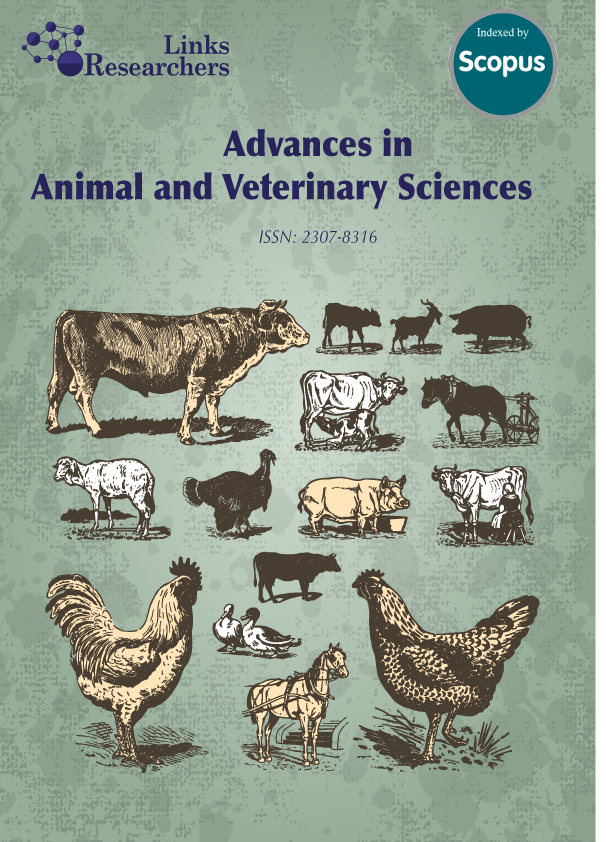This study aims to determine the impact of probiotic yogurt on animal health and production. Specifically, it investigates whether and how probiotic yogurt can enhance the productivity of laying hens infected with S. typhimurium. The research utilized an experimental method employing a Completely Randomized Design (CRD) with six treatments and five replications. The treatment groups were as follows: T1 was the control group, which did not receive probiotic yogurt and was not infected with S. typhimurium; T2 received 4% yogurt probiotics and was not infected; T3 received 6% yogurt probiotics and was not infected; T4, which had no yogurt probiotics, was infected with S. typhimurium at a concentration of 108 CFU/ml; T5 received 4% yogurt probiotics and was infected; and T6 received 6% yogurt probiotics and was infected. Yogurt probiotic flour was carried out using maltodextrin as an encapsulation method. The preparation of the probiotics followed the procedure: consortium B1 included Bifidobacterium spp. and Lactobacillus acidophilus, while Consortium B2 comprised Streptococcus thermophilus, Lactobacillus bulgaricus, Lactobacillus acidophilus, and Bifidobacterium bifidum. Both consortia were inoculated at a concentration of 7.5% (v/v) into 250 mL of De Man Rogosa and Sharpe (MRS) media and incubated at 37°C for 24 hours. The statistical data were analyzed using Analysis of Variance (ANOVA) and Duncan’s multiple range test. In this study, feed conversion ratio (FCR) was measured by comparing the amount of ration consumed with the weight of eggs produced, and hen-day production (HDP) was determined by collecting the number of eggs each day by comparing the number of hens on that day. In contrast, egg weight was determined by weighing the number of eggs produced by each experimental unit. The results indicated that the administration of probiotic yogurt did not significantly affect (P>0.05) the feed conversion ratio (FCR), hen-day production (HDP), egg weight, or consumption in laying hens infected with Salmonella typhimurium.
Keywords | Probiotics, Yogurt, Laying hens, Salmonella typhimurium, FCR, HDP






